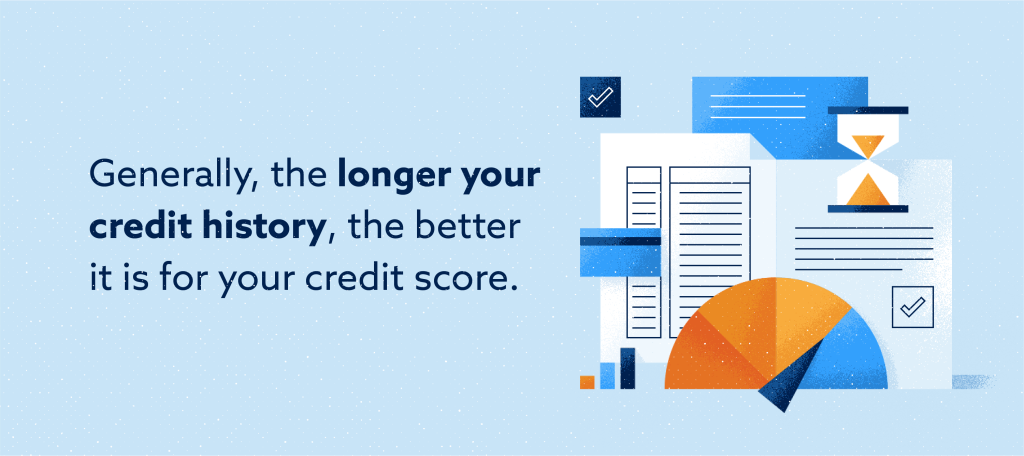Credit Scores and Reports: Understanding the Past to Shape Your Future
In today’s world, credit scores play a crucial role in various financial decisions, from securing loans to renting an apartment. But have you ever wondered how credit scoring systems came into existence? Understanding the history of credit scores and reports can shed light on their significance and help individuals make informed financial choices.
The concept of credit reporting dates back to the 19th century when merchants began exchanging information about customers who failed to settle their debts promptly. In the early days, these reports were informal and often based on personal relationships within small communities. As businesses expanded and trade became more complex, there was a growing need for standardized methods of assessing an individual’s creditworthiness.
One of the first formalized credit reporting agencies in the United States was established by Lewis Tappan in 1841. Tappan founded the Mercantile Agency, which later evolved into Dun & Bradstreet, a prominent player in the modern credit reporting industry. These early agencies collected information about individuals’ payment histories and compiled them into comprehensive reports that lenders could use to evaluate potential borrowers.
The introduction of automated credit scoring systems revolutionized the way lenders assessed risk. The FICO score, developed by Fair Isaac Corporation in 1956, quickly gained popularity for its predictive accuracy in determining an individual’s likelihood of repaying debt. By analyzing factors such as payment history, amounts owed, length of credit history, new credit accounts, and types of credit used, FICO scores provided a standardized measure of creditworthiness.
Over time, other companies introduced alternative scoring models to cater to specific populations or address limitations in traditional scoring methods. For instance, VantageScore was launched jointly by Equifax, Experian, and TransUnion in 2006 as a competitor to FICO scores. This model uses similar criteria but may weigh certain factors differently or incorporate non-traditional data sources to assess risk.
Today, individuals can access their credit reports from major bureaus like Equifax, Experian,and TransUnion for free once per year through AnnualCreditReport.com.This transparency allows consumers to review their financial histories for inaccuracies or signs of identity theft and take steps to improve their scores over time.
Understanding the evolution of credit scoring systems empowers individuals to take control of their financial futures.By maintaining good payment habits,staying mindful of debt levels,and monitoring theircredit reports regularly,young adults can build strongcredit profilesandmake informed decisionsabout borrowing moneyor pursuing otherfinancial opportunities.Thehistoryofcreditratingservesasa reminderthatresponsiblefinancialmanagementiskeytoneconomicempowermentandlong-term success.

Leave a comment